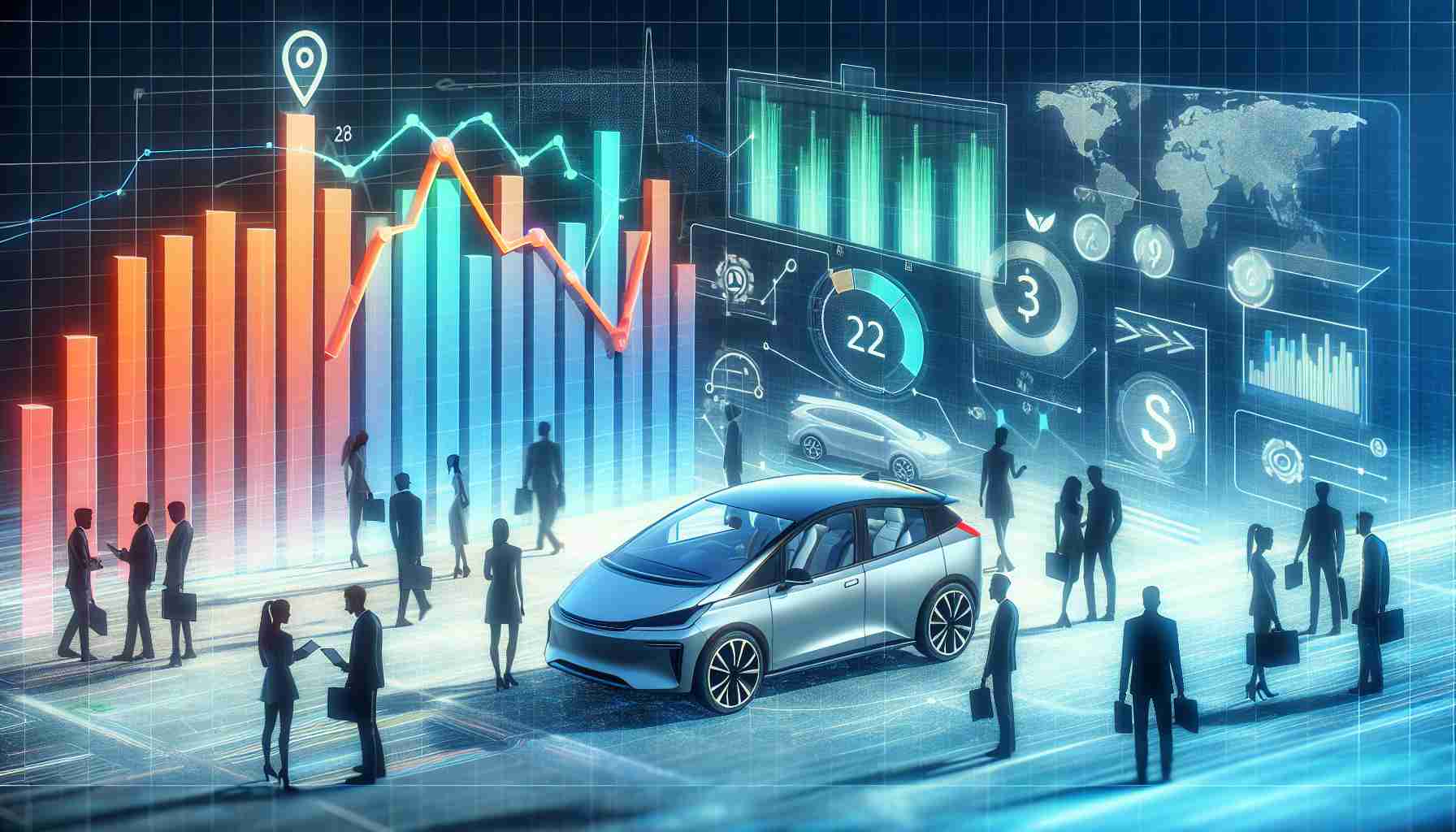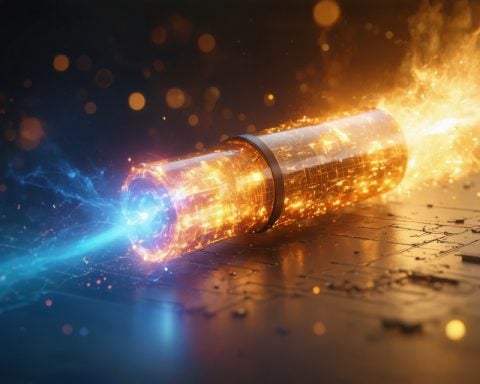Rivian’s CEO Unfazed by New Challenges
On his inaugural day, President Donald Trump announced significant changes to the electric vehicle (EV) landscape, aiming to dismantle key Biden-era incentives designed to propel the industry forward. This includes the potential revocation of the $7,500 tax credit that encourages clean vehicle purchases and a loosening of tailpipe emission regulations that could impact the growth of EVs.
Despite these developments, Rivian’s founder and CEO, R.J. Scaringe, remains optimistic about the long-term future of electric transportation. He emphasizes that Rivian was established with a vision for the coming decades, not swayed by immediate financial pressures. Scaringe notes that while the upcoming years may pose challenges, they are merely “small speed bumps” in Rivian’s long-term trajectory.
He acknowledges that, unlike traditional automakers which can pivot back to gas-powered vehicles during tough times, Rivian’s exclusive focus is on producing all-electric models such as the R1S SUV and R1T pickup. This strategic choice does create unique risks, but he believes a downturn in EV investment by competitors could ultimately benefit Rivian.
Globally, the shift towards electric vehicles is gaining momentum, with countries like China leading the charge. Experts forecast that demand for EVs, fueled by decreasing prices and consumer interest, will continue to rise. The real question remains: will U.S. automakers adapt and continue investing in this electric future despite policy shifts?
Examining the Broader Implications of Electric Vehicle Evolution
The evolving landscape of electric vehicles (EVs) presents profound implications for society and the global economy. As automakers like Rivian emerge as key players, the shift towards electric transportation is not just a technological revolution; it represents a cultural transformation. This transition influences consumer behavior, shaping preferences towards sustainability and renewable energy, while fostering an increasingly environmentally conscious society.
Economically, the implications are sizable. The global EV market is projected to reach a value of over $800 billion by 2027, contrasting sharply with traditional automotive markets. Such growth underscores the importance of innovation and technological advancement in securing competitive advantages. However, a potential decline in federal incentives could hinder investment and slow growth in the short term. The future of U.S. leadership in EV manufacturing may hinge on adaptive policies that support continued development and infrastructure investment.
On the environmental front, concerns about sustainability and climate change are paramount. As countries commit to reducing carbon emissions, the transition to electric vehicles can significantly decrease greenhouse gas emissions, provided that the electricity used is sourced from renewable energy. The long-term significance of this shift may very well determine our progress toward achieving global climate goals by 2050, emphasizing the need for policy coherence and broad-based support for a greener future.
Rivian’s Vision for a Sustainable Future: How the EV Market is Evolving
Overview of Rivian’s Position in the EV Market
Rivian, an all-electric automaker, is navigating a complex environment characterized by shifting policies and intensifying competition. Founded with a mission to accelerate the transition to sustainable transportation, Rivian is not only focused on the production of innovative electric vehicles but also on reshaping consumer perceptions about electric mobility.
Key Features of Rivian Vehicles
Rivian offers two flagship models: the R1T pickup and the R1S SUV, both engineered with advanced technology and sustainability in mind. Notable features include:
– All-Electric Powertrain: Both vehicles have dual-motor all-wheel drive, providing exceptional performance and off-road capability.
– Rivian Adventure Network: An extensive network of fast-charging stations designed for long-distance travel across the United States.
– Sustainable Design: Use of recycled materials and sustainable sourcing in vehicle production to minimize environmental impact.
Pros and Cons of Choosing Rivian
Pros:
– Eco-friendly and innovative designs.
– Strong performance in diverse terrains.
– Advanced technological integrations, such as the Rivian user interface and driver assistance systems.
Cons:
– Limited availability compared to more established brands.
– Higher price point relative to some other EVs on the market.
– Potential challenges in service and maintenance, given the company’s relative newness.
Market Trends Influencing Rivian’s Strategy
As electric vehicle adoption accelerates globally, Rivian is well-positioned to leverage several significant trends:
– Increased Consumer Demand: As public awareness of climate change grows, consumers are increasingly opting for electric vehicles.
– Decreasing Battery Costs: Advances in battery technology are making EVs more affordable while enhancing range and performance.
– Government Incentives and Regulations: Incentives may fluctuate, but overall regulatory pressure to reduce carbon emissions is expected to continue, benefiting electric vehicle manufacturers like Rivian.
Rivian’s Competitive Advantages
Rivian’s commitment to an all-electric lineup distinguishes it from traditional automakers. Its focus on adventure-oriented electric trucks and SUVs appeals to a niche market segment, appealing to both eco-conscious consumers and outdoor enthusiasts.
Limitations and Risks
Despite its optimism, Rivian faces notable challenges:
– Production Scale: Scaling production to meet demand while maintaining quality can be a hurdle, especially for a new automaker.
– Market Competition: Increasing competition from both startups and established automakers entering the EV space poses a threat to Rivian’s market share.
– Regulatory Uncertainty: Shifting policies regarding EV incentives and emissions regulations can impact investment and consumer adoption rates.
Insights and Predictions for the Future
Many experts forecast that Rivian’s strategic decisions will pay off in the long run, especially if it can effectively manage production and increase consumer awareness. A potential surge in demand could arise as mainstream consumers increasingly recognize the benefits of electric vehicles, coupled with a societal shift towards sustainability.
Conclusion
Rivian’s CEO, R.J. Scaringe, believes that the short-term challenges are merely “small speed bumps.” As the electric vehicle market matures, Rivian’s long-term vision positions it as a key player in shaping the future of transportation, illustrating the critical intersection of innovation, sustainability, and consumer engagement in the automotive industry.
For more insights and updates on EV innovations, visit the Rivian homepage.












